Fire Protection Systems: In this article, we will talk about Types of Fire Protection Systems. A process in which substance combines chemically with oxygen from the air and typically give out bright light, heat, and smoke; combustion or burning.
 |
| Fire Protection |
Fire Protection Systems
Whats the fire?
A process in which substance combines chemically with oxygen from the air and typically give out bright light, heat, and smoke; combustion or burning.
Fire Causes : Fires start when a flammable material , in combination with a sufficient quantity of an oxidizer(AIR), is exposed to a source of heat.
 |
| Fire Triangle |
How to suppress fire?
To avoid or suppress fire, one of the Fire Triangle side should be eliminated.
What is the Types of Fire Protection Systems ?
- Water System ( Water Sprinkler System – Fire Standpipe System )
- Gas Suppression System .( CO2 system - FM-200 system- Foam system- NOVEC -......etc )
Water sprinkler fire protection system consists of water sprinklers with different types,orifice sizes, Pipes& Control Valve distributed inside the occupancy being protected according to occupancy condition( Hazard type - Height,….etc).
CODES & STANDARDS.
- NATIONAL FIRE PROTECTION ASSOCIATION(NFPA).
- American National Standard Institute(ANSI).
- American Society of Mechanical Engineer(ASME).
- American Society for Testing and Materials(ASTM).
- Underwriters Laboratories Inc. (UL).
- Factory Mutual (FM).
UL Standards development covers more than just products; it also includes testing of systems and services. and, while we're widely known for our work with safety standards, UL develops a wide variety of standards to measure and validate performance, environmental health and sustainability.
FM Approvals certifies products and services with a unique focus on Objectively testing property loss prevention products and services and certifying those that meet rigorous loss prevention standards.
Encouraging the development and use of FM Approved products and services that improve and advance property loss prevention practices.
- NFPA 10 Standard for Portable Fire Extinguishers.
- NFPA 11 Standard for Expansion Foam.
- NFPA 12 Standard on Carbon Dioxide Extinguishing Systems.
- NFPA 13 Standard for the Installation of Sprinkler Systems
- NFPA 14 Standard for the Installation of Standpipe and Hose Systems
- NFPA 17 Standard for Dry Chemical Extinguishing Systems
- NFPA 20 Standard for the Installation of Stationary Pumps for Fire Protection.
Also read FLOOR CONTROL VALVE ASSEMBLY COMPONENTS
Fire Fighting Hazards Classification
Occupancy of Fire Fighting hazard classification is the most critical aspect of the sprinkler system design process.
- Light Hazard.
- Ordinary Hazard Group(1).
- Ordinary Hazard Group(2)
- Extra Hazard Group(1).
- Extra Hazard Group(2).
Read more about of Fire Fighting Hazards Classification
Fire fighting network components
- Water Source and Pumping Station.
- Pipe Types and connecting of pipes.
- Pipe accessories and Valves.
- Standpipe Systems (Manual Systems).
Water source: The main sources of fire fighting water is Water Tanks (Under/Above Ground).
Read more Requirements for installation of Fire Sprinkler .
Pipe types and usages
Firefighting Steel pipes are being connected by:
- Threaded connections.
- Welding connection.
- Grooved coupling connection.(most expensive).
Manual Fire fighting systems:
- Landing Valve (L.V)-Fire Hose Cabinet (F.H.C).
- Fire Hydrant(F.H).
- Fire Department Connection (F.D.C).
- Portable Fire Extinguishers.
Sprinkler systems would be supplied by different systems, such as:
- Wet Pipe Sprinkler System.
- Dry Pipe Sprinkler System.
- Pre-action Sprinkler System.
- Deluge Sprinkler System.
- Wet pipe sprinkler system ( most common system ) for Fire Protection Systems
Pipes always pressurized with water, when sprinkler is actuated by the action of heat, the water flows directly by the action of fire pumps through the water sprinklers.
Dry pipe sprinkler system
Pipes are filled with compressed air or nitrogen, when sprinkler is actuated by the action of heat, the water flows by the action of fire pumps through the water sprinklers.
Pre-action sprinkler system
The actuation of sprinkler doesn’t take place only by the action of heat, but also by action of fire alarm system(Smoke\Heat Detector), pipes are pressurized of air or any appropriate gas.
The actuation of the system takes place by a fire alarm system, The types of sprinklers are open sprinklers, connected to a deluge valve, once the system is actuated the valve opens and accordingly water flows through the whole sprinklers connected to the system.
WATER MIST SYSTEM
- Water mist system uses high pressure pumps to discharge water through nozzles by a smaller droplet size than the traditional water sprinkler system(Droplet size would be 50-120um).
- As the droplet water size is small, it provides fast cooling of the surface and thereby rapidly extinguish fire.
Comparison between water mist and water sprinkler droplet size
NOZZLE DISCHARGE : Nozzle working pressure= 80-110 Bar
 |
| NOZZLE DISCHARGE |
Benefits of water mist system
- Protect the utilities more than the traditional water sprinkler system by decreasing the water droplet size and thereby decreasing the water damage.
- Water mist system discharges typically about 90%less water than the traditional water sprinkler system.
- Less water tank size would be used while using water mist system.
- Smaller pipe size comparing with traditional water sprinkler system.
- Less number of sprinkler than traditional water sprinkler system.
- Easy installation and require less maintenance than traditional sprinkler system.
- Water mist system would be used for Electrical fire extinguishment.
FOAM SYSTEM OPERATION
- The foam concentrate is mixed with water in a mixing valve and is discharged through the foam generators. The nominal working pressure is 6 bar.
- Foam generators are installed at the highest level in the protected space and at strategic locations above high risks areas. The water/foam mixture is expanded with air in the generators.
- The air used for producing foam is drawn from the protected space, thus, no ducting and fans for external air is required.
- The foam produced by the foam generators falls due to gravity to cover the entire protected space.
FOAM SYSTEM COMPONENTS
- Storage tank for foam concentrate.
- Foam concentrate pump.
- mixing valve located in the foam central room.
- Foam discharge nozzle.
Gas suppression system is used as inert gases, it decreases the percentage of oxygen in the air and accordingly extinguish the fire by breaking one of the three fire triangle lines.
Most common Gas Suppression System:
- Co2 Gas Suppression System.
- FM-200 Gas Suppression System(HFC-227).
- NOVEC Gas Suppression System.
- Dry Chemical Powder.
Rooms or places being protected by Gas Suppression Systems should be totally closed from outside air(Automatic Closing Doors-Fire Dampers)


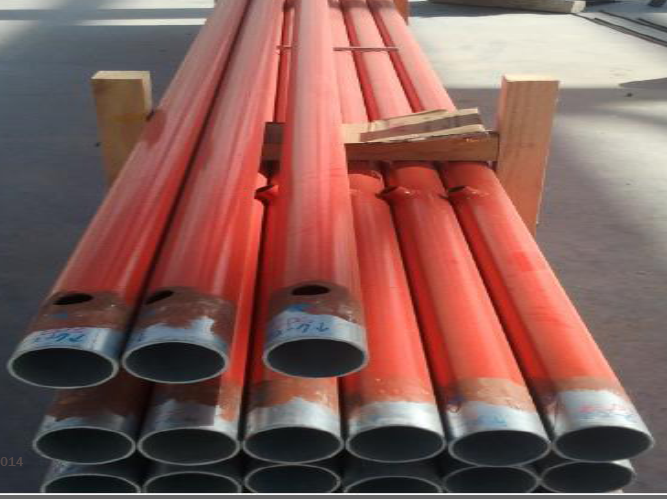


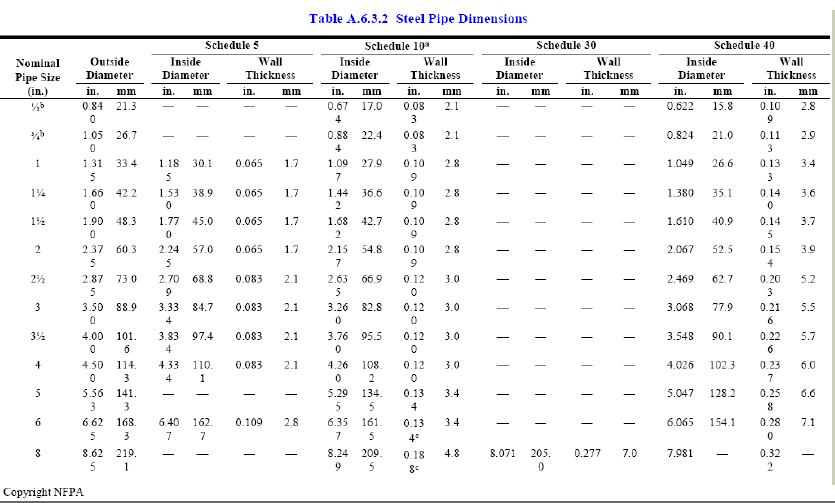

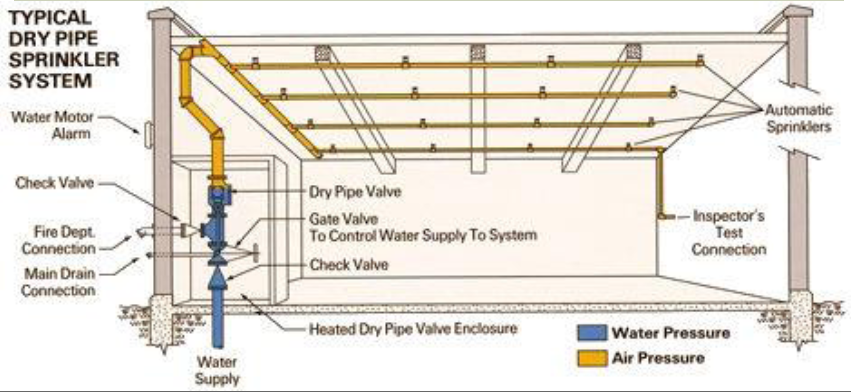



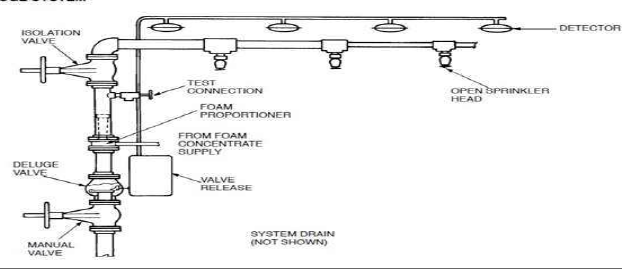



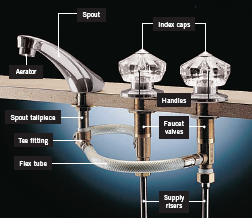

0 Comments